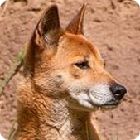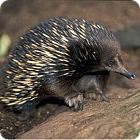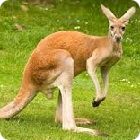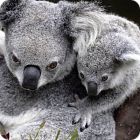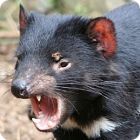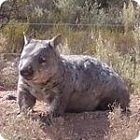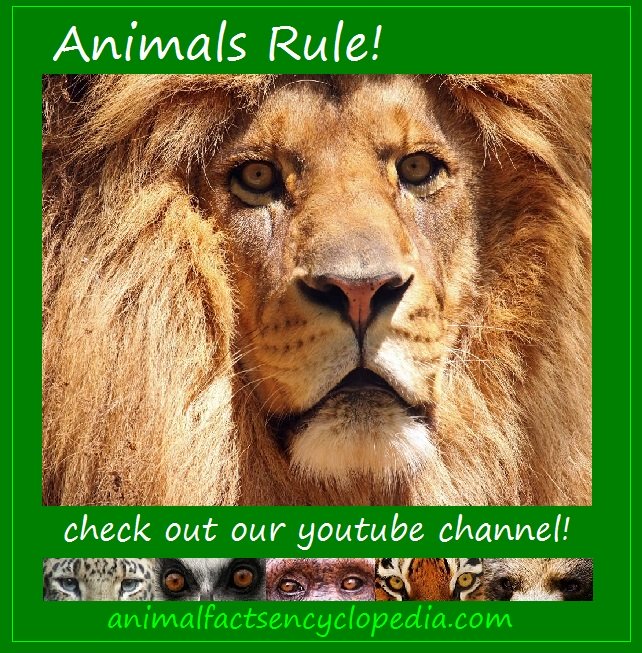australian Animals

Australian animals are a fascinating group that includes some of the most unusual creatures on Earth.
The continent of Australia has vast expenses of desert and semi-arid land in its interior, sub-tropical rain forest in the Northeast, and grasslands and mountain ranges along the perimeter.
Approximately 90% of the animals native to Australia are found nowhere else, including the kangaroo, koala, echidna, dingo, platypus, wallaby and wombat.
Australia is the smallest continent and is sometimes referred to as the worlds largest island. This relative isolation has created an ecology like no other.
The vast majority of Australian animals are marsupials - animals whose young develop in a pouch instead of a placenta. Australia is also home to the only egg-laying mammals in the world, the amazing echidna and the extraordinarily odd duckbill platypus.
Bats and dingos are the only placental mammals to have reached Australia on their own.
Dingos arrived from China via the Indonesian land bridge about 12,000 years ago and are the largest carnivores on the continent. Other dogs, cats, horses, cows, sheep and rabbits were all imported by human beings.
what is a marsupial?
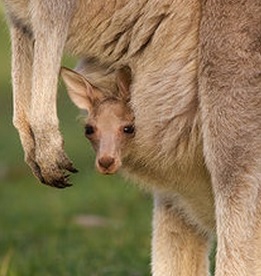
There are three subclasses of mammals, placental mammals which carry their young in a womb with a placenta, and deliver a relatively full-formed infant, marsupials which do not have a placenta and deliver a relatively un-formed infant that continues its development inside an external pouch, nourishing itself with milk from the mothers mammary glands, and monotremes which lay eggs.(check them out).
The majority of animals native to Australia are marsupials, but what exactly is a marsupial, and how do they differ from other animals?
Simply put, the embryo of a marsupial starts out life in the mothers womb, receiving nourishment from its egg sac, but is delivered very early and continues its development outside the mothers body.
Instead of having a womb lined with a placenta that the egg attaches itself to and gains nourishment from, marsupials have no placenta and the baby must leave the womb, while still in a nearly embryonic state, to get nourishment from breast milk.
The baby, called a "neonate" at this stage, is born after only 12 to 28 days of development in the womb. It may be a fraction of an inch long in some species, is hairless, blind and has poorly developed rear legs.
The nostrils are open and the fully developed sense of smell is critical to the neonate finding its way. Its forelimbs are strong too, and raging instinct sets the neonate on a manic climb, unaided by the mother, across the sea of its mothers belly fur to reach the pouch.
This journey may be a distance of as much as 15 inches and require six minutes of continuous struggle. In a miracle of pure instinct, the almost imperceptible newborn arrives at the pouch, where it will attach itself to a teat and continue to develop for another 2 to 6 months.
The kangaroo
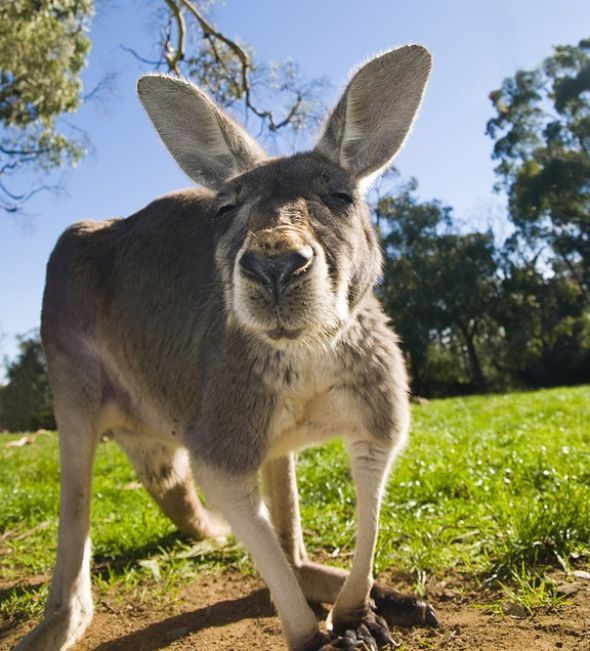
An icon of Australian wildlife and the nation itself, the kangaroo is the epitome of a marsupial.
Kangaroos are macropods, belonging in the family macropodidea, which literally means "big feet".
There are over 65 species in the family including red and grey kangaroos, wallabys, and pademelons. These animals are all designed with huge, powerful hind limbs and muscular tails that aid them in locomotion.
With its spacious, forward-facing pouch, curious hopping style of locomotion and a variety of other uniquely endearing features, the kangaroo sets the tone for all Australian wildlife.
The red kangaroo is the largest marsupial, and also the largest animal in Australia, with mature males weighing in at over 200 pounds and standing 6 feet tall. - Australian Animals

the koala bear
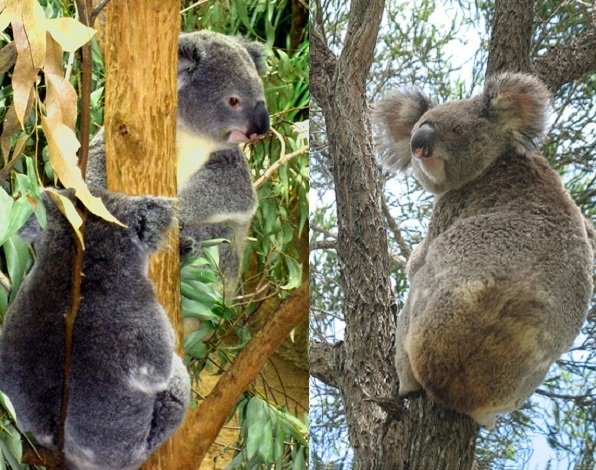
The koala bear is not actually a bear, of course. It is the only member of the family Phascolarctidae, the "arct" part of the family name from a Greek word meaning "bear", and there is definitely a "bear-like" quality to koalas, particularly in their lumbering movements and well-rounded, tailless bodies.
Plush, fuzzy-eared, and with a sweet expression, koala bears are the darlings of Australian animals. They are tree-dwelling marsupials, who live the majority of their lives high in the limbs of eucalyptus forests.
They have a very limited diet that consists of the eucalyptus leaves of several different species of eucalyptus trees.. Eucalyptus leaves are toxic to many animals, but the koala has a section of intestine called the caecum which breaks down the toxins in its favorite food.
Because their diet is so limited and provides little nutrients, the koala bear is extremely sedentary, spending no more than 10 minutes a day in full-bodied exertion of any kind.
The koala bear is not social in the wild, and they are only seen in groups in preserves, zoos and game parks. The koala bear also has one of the smallest brains, percentage wise, of all mammals.
the tasmanian devil
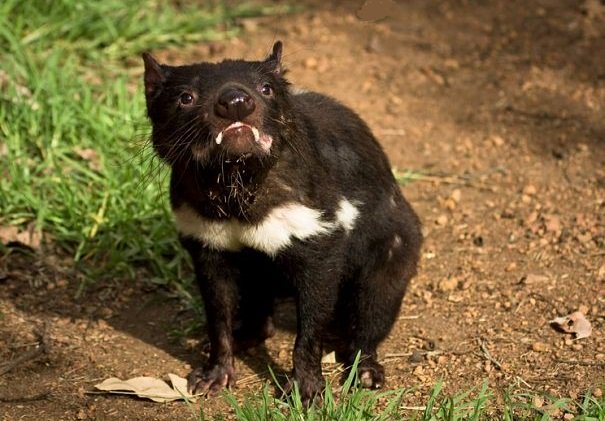
The Tasmanian devil is a carnivorous marsupial with an epic reputation.
This is a very unique creature who has a lifestyle and manner of going about things that is entirely unique, not just among Australian wildlife, but among all animals.
Wildly vocal, the Tasmanian devil emits a constant deluge of guttural, gurgling, wailing and growling noises with little, if any, instigation.
The devil has an enormous head and neck which make up a full 25% of its total body mass. A relatively small animal at under 25 pounds, even the areas largest carnivore and apex predator the tough as nails dingo will not entertain any confrontation with a devil unless numbers are well in its favor.
Competition with the dingo for food, and attempted extermination of them as pests, has greatly impacted the devils population.
As of the early 1900's the devil can no longer be found on the continent of Australia , but now only exists on the island it is named for - Tasmania.
a few more australian Animals
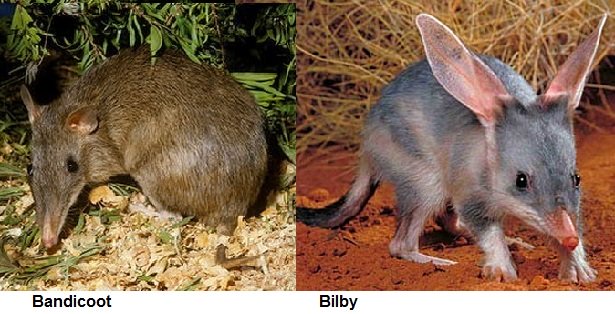
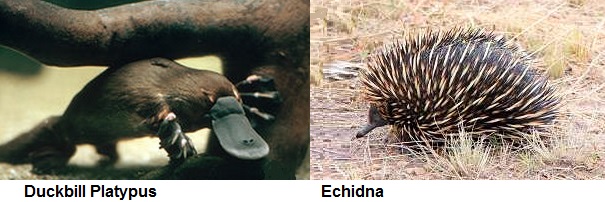
The variety of Australian wildlife doesn't stop at koalas and kangaroos.
There are over 250 species of marsupials in Australia, Tasmania, New Zealand and the surrounding islands, the vast majority of which exist nowhere else in the world.
The bandicoot and bilby are local favorites and are comparable to squirrels and raccoons found in other parts of the world. The bilby is such a charismatic and popular little animal that Australians celebrate Easter with chocolate replicas of bilbys instead of rabbits.
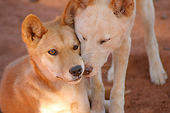
The only egg-laying mammals in the world - the wildly bizzare duck billed platypus and the almost equally weird echidna exist only in Australia. These animals make up an entire subclass of mammals which lay leathery eggs instead of bearing live young.
Finally, the beautiful dingo is the largest carnivore in Australia and the only placental mammal other than bats to have navigated to Australia naturally.
Dingos are the only large predator on the continent other than human beings and literally enjoy top-dog status among Australian animals. - Australian Animals Facts
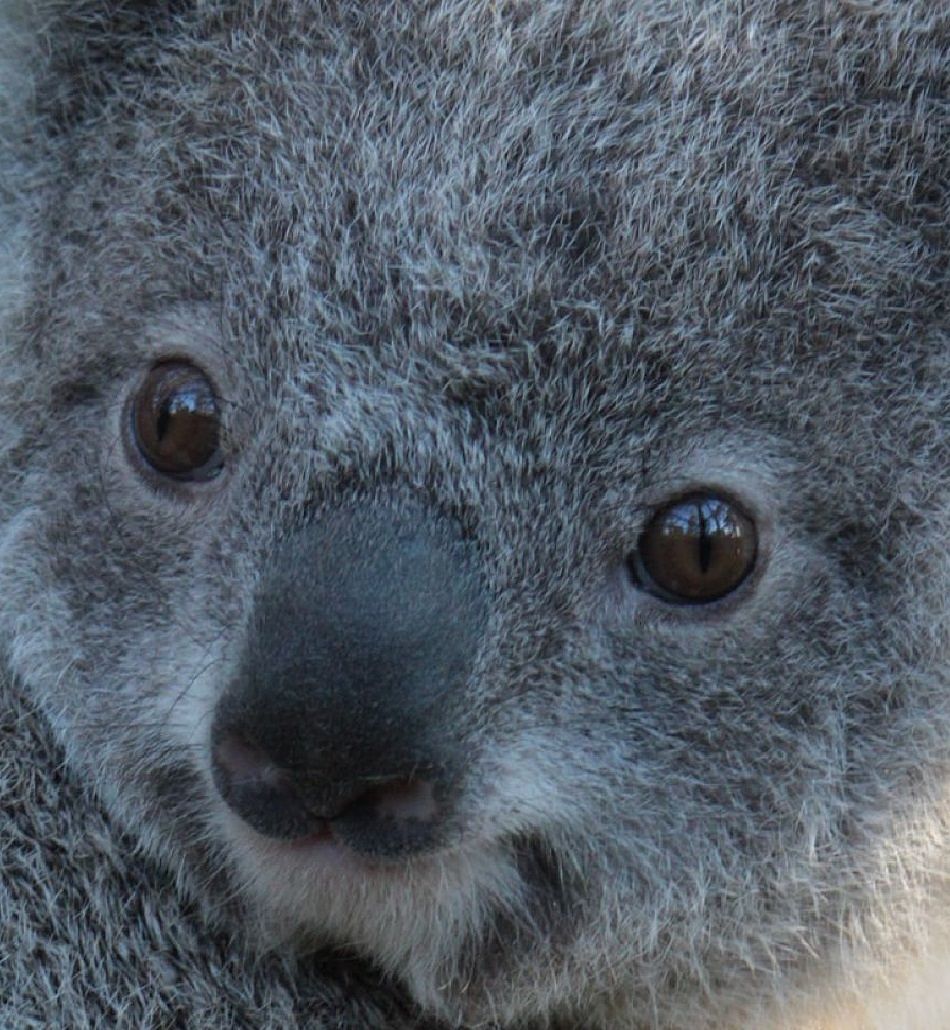
Recent Articles
-
African Animals - Animal Facts Encyclopedia
Oct 11, 16 10:27 PM
African Animals facts photos and videos..Africa is a wonderland for animal lovers, and a schoolroom for anyone who wants to learn about nature, beauty and the rhythm of life -
Baboon Facts - Animal Facts Encyclopedia
Oct 11, 16 10:26 PM
Baboon facts, photos, videos and information - Baboons are very distinctive looking monkeys with long, dog-like snouts and close set eyes. -
Great Apes Facts - Animal Facts Encyclopedia
Oct 11, 16 10:25 PM
Great apes facts, photos and videos..Human beings did not evolve from chimpanzees, modern chimps and gorillas do not appear in the fossil records until much more recently than homo sapiens..
